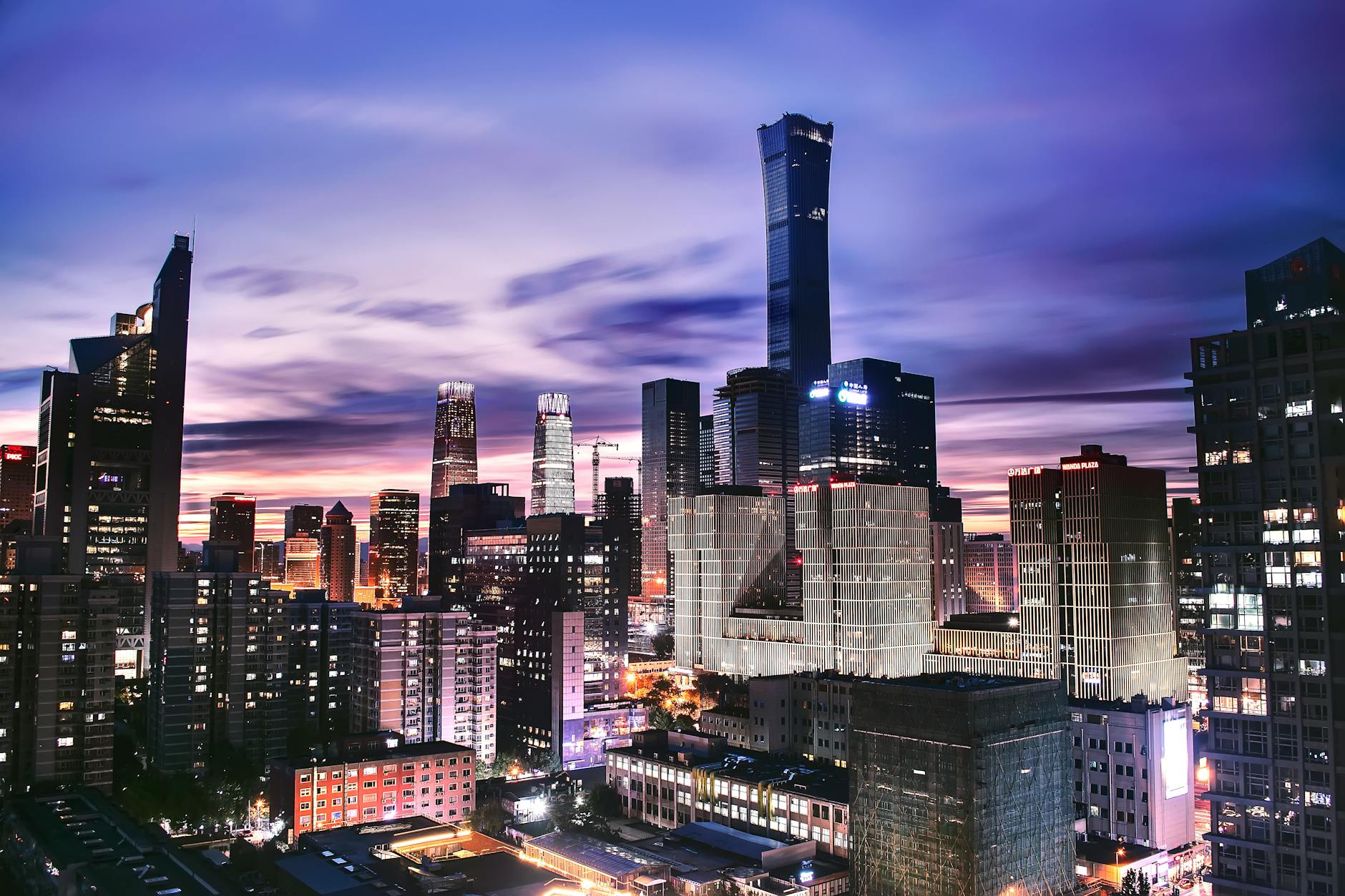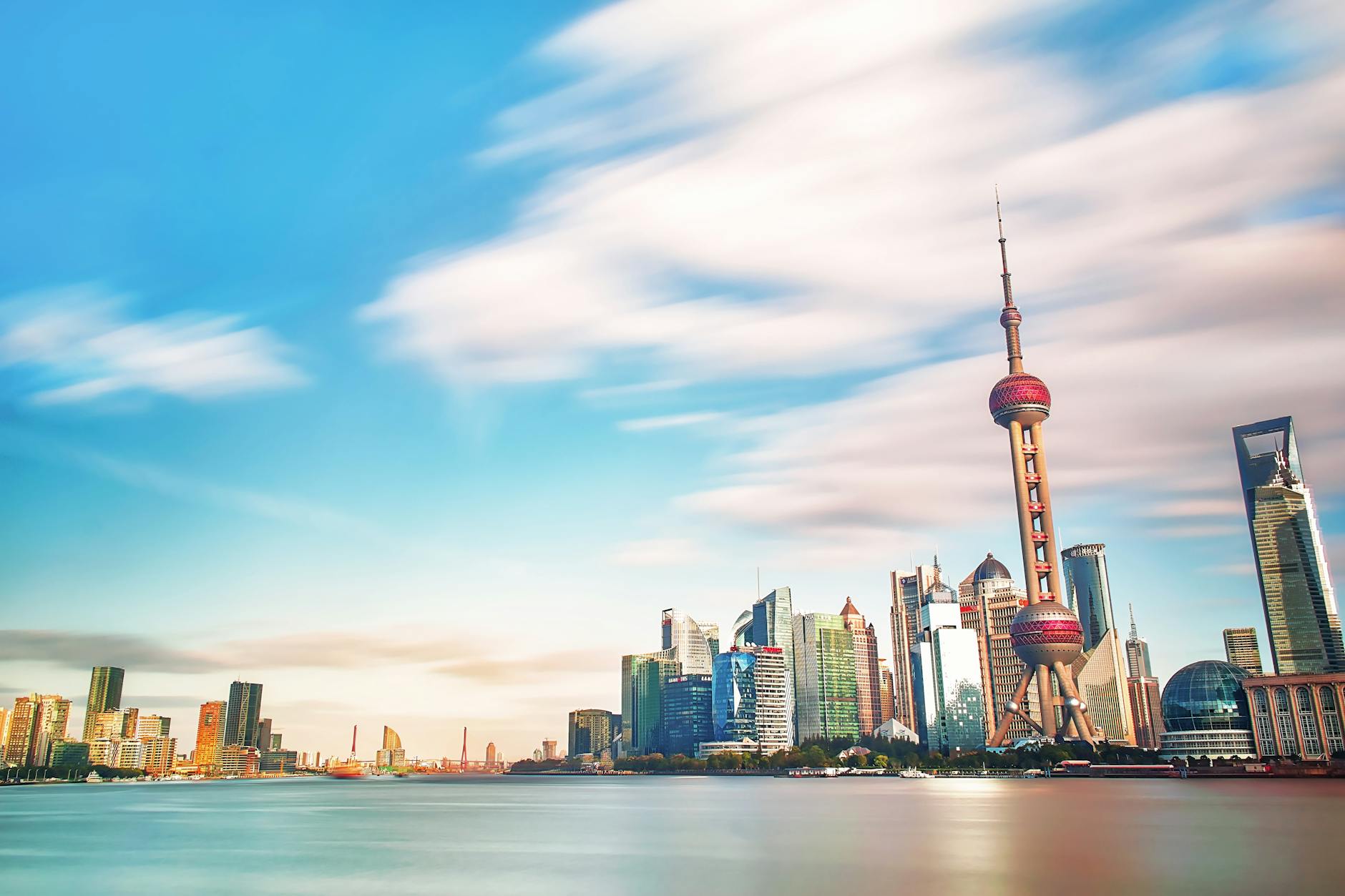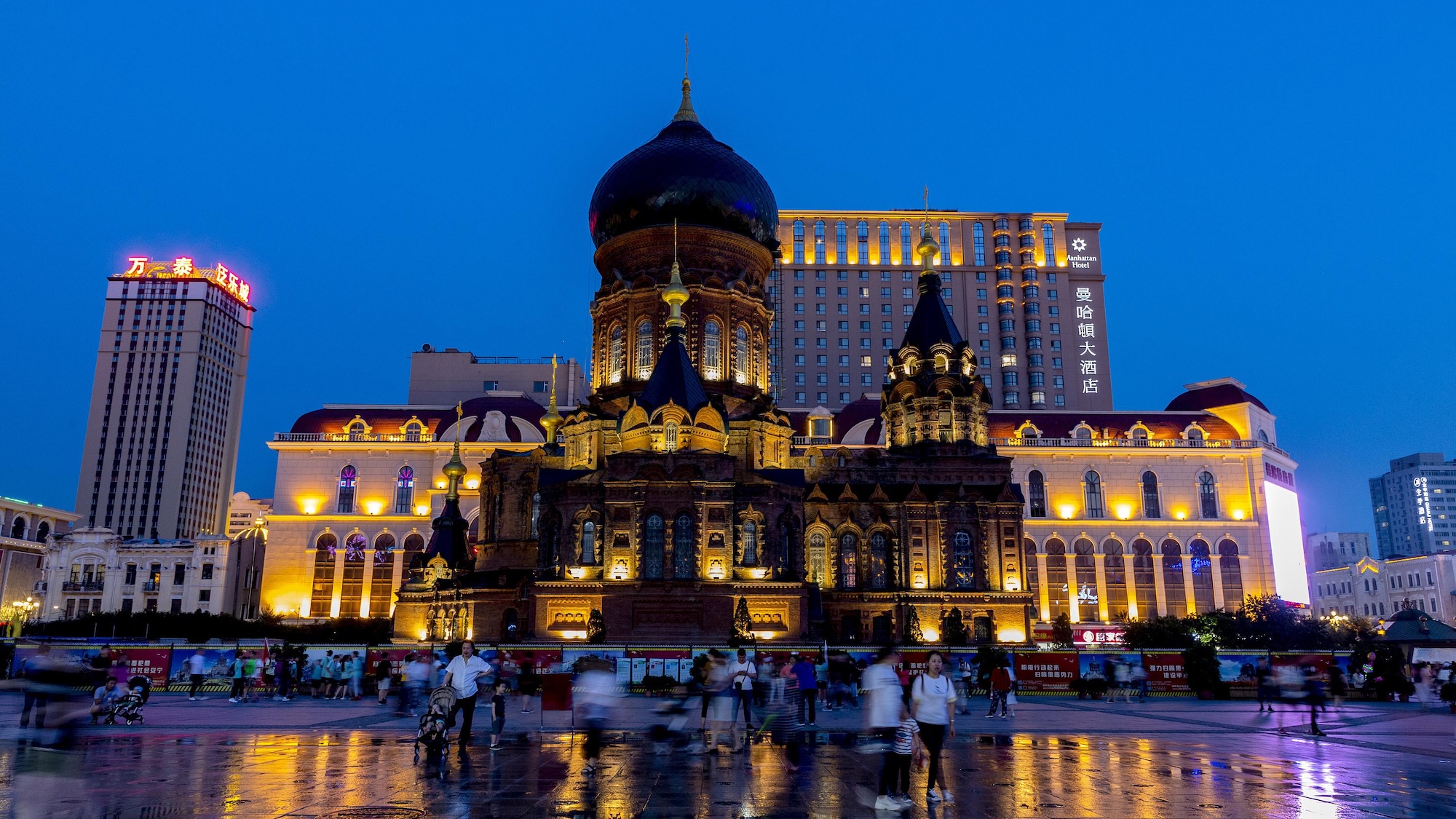Beijing, the capital of China, is a city where ancient history meets modernity. From the iconic Great Wall to the bustling streets of Wangfujing, Beijing offers a rich cultural experience for travelers. Here’s a comprehensive guide to help you navigate the city:
1. History and Culture
Beijing has been the political and cultural center of China for over 800 years. It’s home to some of the country’s most significant historical sites and cultural landmarks.
- Historical Significance: Beijing served as the capital during the Yuan, Ming, and Qing dynasties. It’s a city steeped in imperial history, with landmarks like the Forbidden City and the Temple of Heaven.
- Cultural Highlights: Beijing is known for its traditional arts, including Peking Opera, calligraphy, and Chinese knotting. The city also hosts numerous festivals, such as the Spring Festival (Chinese New Year) and the Mid-Autumn Festival.
2. Landmarks and Attractions
Beijing is packed with must-see landmarks that showcase its rich history and culture.
Top Attractions:
- The Great Wall of China: Visit the Mutianyu or Badaling sections, which are well-preserved and easily accessible from the city.
- The Forbidden City: Explore the imperial palace complex that housed Chinese emperors for nearly 500 years.
- Tiananmen Square: One of the largest public squares in the world, surrounded by significant buildings like the National Museum of China.
- Temple of Heaven: A UNESCO World Heritage Site where emperors once prayed for good harvests.
- Summer Palace: A stunning imperial garden with a large lake, pavilions, and temples.
- 798 Art District: A hub for contemporary art and culture, housed in a former industrial complex.
Hidden Gems:
- Hutongs: Explore Beijing’s traditional alleyways by rickshaw or on foot. Nanluoguxiang is a popular hutong with shops and cafes.
- Lama Temple (Yonghegong): A beautiful Tibetan Buddhist temple with intricate architecture.
- Jingshan Park: Offers a panoramic view of the Forbidden City and is perfect for a relaxing stroll.
3. Food and Dining
Beijing is a food lover’s paradise, offering a mix of traditional and modern cuisine.
Must-Try Dishes:
- Peking Duck: The city’s most famous dish, best enjoyed at Quanjude or Da Dong.
- Jianbing: A popular street food breakfast crepe filled with eggs, scallions, and sauces.
- Zhajiangmian: Noodles topped with a savory soybean paste.
- Hot Pot: Try Mongolian hot pot or Sichuan-style spicy hot pot at Haidilao.
- Dim Sum: Sample small bites like dumplings and buns at local teahouses.
Where to Eat:
- Wangfujing Snack Street: A bustling street food market with exotic snacks.
- Ghost Street (Gui Jie): Famous for its late-night restaurants and spicy crayfish.
- Sanlitun: A trendy area with international and fusion cuisine.
4. Transportation
Beijing has an extensive and efficient public transportation system.
Getting Around:
- Subway: The Beijing Subway is fast, affordable, and covers most major attractions. Signs and announcements are in both Chinese and English.
- Buses: Cheap but can be crowded. Use apps like Baidu Maps for routes.
- Taxis: Readily available and relatively inexpensive. Have your destination written in Chinese to show the driver.
- Biking: Rent a bike or use shared bike services like Mobike or Ofo to explore the city.
From the Airport:
- Beijing Capital International Airport (PEK): Take the Airport Express train to the city center (about 30 minutes).
- Daxing International Airport (PKX): Connected by a high-speed train to the city.
5. Practical Tips for Travelers
Visa Requirements:
- Most foreign travelers need a visa to enter China. Apply at your nearest Chinese embassy or consulate. Ensure your passport is valid for at least six months.
- Consider applying for a 10-year multiple-entry visa if you plan to visit China frequently.
Local Customs:
- Greetings: A simple nod or handshake is acceptable. Avoid overly physical greetings.
- Dining Etiquette: Don’t stick chopsticks upright in rice (it resembles funeral rituals). Try to taste all dishes offered.
- Tipping: Tipping is not customary in China, except in high-end hotels or tour guides.
Language Tips:
- Learn a few basic Mandarin phrases:
- Hello: 你好 (Nǐ hǎo)
- Thank you: 谢谢 (Xièxie)
- How much?: 多少钱?(Duōshǎo qián?)
- Where is…?: …在哪里?(…zài nǎlǐ?)
- Use translation apps like Google Translate or Pleco for communication.
Health and Safety:
- Air Quality: Check the AQI (Air Quality Index) and wear a mask if necessary.
- Tap Water: Avoid drinking tap water; stick to bottled water.
- Emergency Numbers:
- Police: 110
- Ambulance: 120
- Fire: 119
Money and Payments:
- The currency is the Chinese Yuan (CNY). ATMs are widely available.
- Mobile payments (WeChat Pay and Alipay) are dominant. Carry some cash for smaller vendors.
6. Suggested Itinerary
3-Day Beijing Itinerary:
- Day 1: Tiananmen Square → Forbidden City → Jingshan Park → Wangfujing Street.
- Day 2: Great Wall (Mutianyu Section) → Summer Palace → Ghost Street for dinner.
- Day 3: Temple of Heaven → 798 Art District → Hutongs → Peking Duck dinner.
7. Final Tips
- Best Time to Visit: Spring (April-May) and autumn (September-October) offer pleasant weather.
- Dress Code: Dress modestly when visiting religious sites. Comfortable shoes are a must for walking.
- Connectivity: Purchase a local SIM card or use a VPN to access restricted websites like Google and Facebook.
Beijing is a city that offers something for everyone, from history buffs to foodies. With this guide, you’re ready to explore the wonders of China’s capital! Safe travels!










